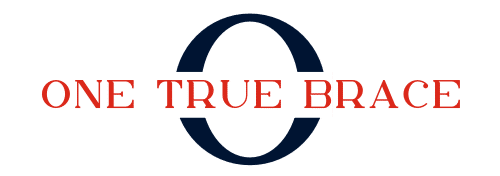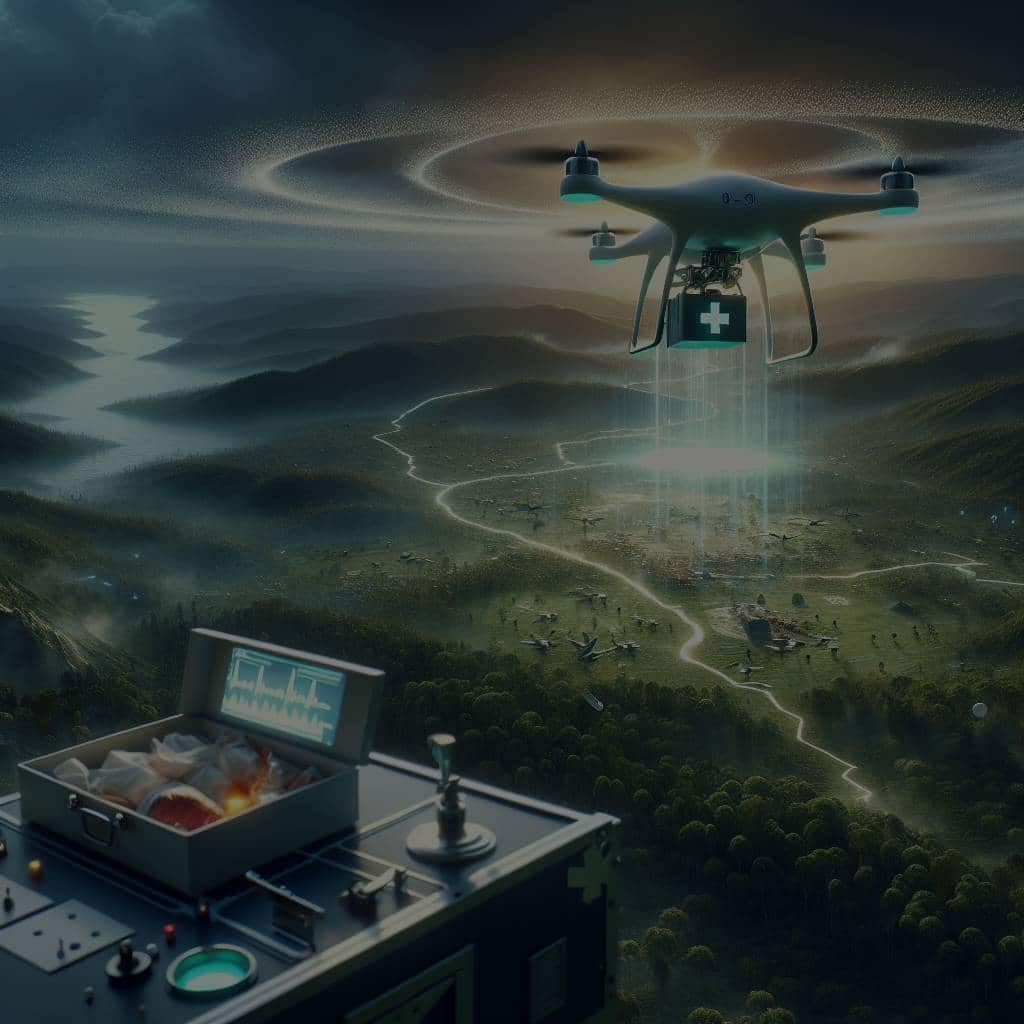It’s the 21st century, and technology is evolving faster than ever before. In recent years, drones have emerged as a significant player in various industries. These unmanned aerial vehicles have found diverse applications, from farming and real estate to filmmaking and surveillance. But have you ever considered the potential of drones in the healthcare sector? Specifically, we are looking at the possibility of using drone technology to enhance emergency medical response in remote areas. This article delves into this exciting prospect, discussing the potential benefits, the challenges, and the current state of research in this area.
The Potential of Drones in Healthcare
When you think of drones, you might envision them capturing stunning aerial footage or delivering packages. But imagine a drone swiftly transporting life-saving medical supplies to a remote area during a healthcare emergency. The potential for drones to make a substantial difference in the health sector is immense, particularly when it comes to emergency response.
Also to read : How Can Virtual Reality Exposure Therapy Assist in Treating Agoraphobia?
In remote areas, where access to medical facilities can be challenging due to the long distances and rough terrains, a drone can be a lifeline. It can deliver essential medical supplies, such as blood, vaccines, and medications, in a fraction of the time that it would take for a conventional ground vehicle to travel the same distance.
Moreover, drones can also be equipped with telemedicine capabilities, enabling doctors to assess and guide treatment for patients in remote areas using real-time data and video feed. According to data published on Pubmed and Crossref a few months ago, the implementation of telemedicine services through drones has shown promising results, particularly in remote and resource-limited settings.
Have you seen this : What Are the Physical and Psychological Benefits of Aerial Yoga Practice?
Drones in Disaster Response
Beyond regular medical emergencies, drones also have the potential to play a pivotal role in disaster response. In the wake of a natural disaster, access to affected areas can often be blocked due to damaged infrastructure. In such situations, drones can be employed for quick and efficient delivery of medical supplies to the people in need.
Consider the case of disaster-struck regions where immediate medical intervention can save lives. Drones can negotiate difficult terrains, withstand harsh weather conditions, and reach people in record time, providing immediate medical relief. They can also be used to map disaster zones, providing real-time information to aid rescue operations. As a result, drones can significantly enhance the effectiveness of disaster response, particularly in remote areas.
The Challenges of Implementing Drone Technology in Healthcare
Despite the tremendous potential, the adoption of drone technology in healthcare and emergency response is not without challenges. Regulatory issues, privacy concerns, and technical limitations are among the key barriers to widespread implementation.
Firstly, aviation regulations vary from country to country, and in many places, drone operations are heavily restricted. Therefore, it will require significant policy changes and regulatory adjustments to allow for drones’ routine use in delivering medical supplies.
Moreover, privacy concerns associated with drones cannot be overlooked. Drones equipped with cameras can inadvertently capture sensitive information, raising issues related to patient privacy and consent.
Lastly, the current technical limitations of drones, including limited battery life and payload capacity, can hinder their effectiveness in emergency medical response. However, with ongoing advancements in drone technology, these issues are likely to be resolved in the coming years.
Current Research and Future Prospects
Research into the application of drone technology in healthcare and emergency response is ongoing and promising. According to a recent scholar study published on Pubmed and Crossref, drones can successfully deliver medical supplies in various settings. Furthermore, drone-based telemedicine services are effectively enhancing healthcare delivery in remote areas.
In the future, we can expect to see drones becoming an integral part of the healthcare system, particularly in emergency medical response. However, it will necessitate substantial investment in research, technology development, and regulatory reforms.
In Conclusion
The application of drone technology in healthcare is a budding field with enormous potential. Particularly in emergency medical response, drones can be game-changers, overcoming geographical barriers and delivering crucial medical supplies swiftly and efficiently.
However, it is crucial to address the challenges associated with drone technology, including regulatory hurdles, privacy concerns, and technical limitations. With continued research and development, we can hope to see drones becoming an integral part of emergency medical response in the not-so-distant future.
Drone Technology and Search and Rescue Operations
Now, let’s focus on the application of drone technology in search and rescue operations. In the aftermath of a natural disaster or a catastrophic event, time is of the essence in locating and rescuing survivors. Drones can be an invaluable tool in these situations, capable of covering large areas quickly and efficiently.
Unmanned aerial vehicles can fly over disaster-stricken areas, using advanced imaging technologies to locate individuals who are lost or trapped. In fact, a study published months ago on Google Scholar showed that drones equipped with thermal imaging cameras could detect heat signatures of humans, even under debris or in thick vegetation. This allows for a more efficient allocation of rescue resources and increases the chances of survival for those affected.
In addition to locating survivors, drones can also deliver essential medical supplies to people who are injured or stranded until rescue teams can arrive. Drones can transport first aid kits, medications, food, and water to hard-to-reach areas, providing immediate help and increasing survival rates.
Furthermore, drones can provide real-time video feeds and detailed maps of the disaster area, aiding in the coordination of rescue efforts. They can identify safe and unsafe areas, highlight potential hazards, and provide up-to-date information that can guide decision-making during disaster management.
The Necessity for Further Research and Development
While the potential for drones in healthcare and emergency response is clear, there is a dire need for further research and development in this arena. As per a recent article on Pubmed, while drones have successfully been used in controlled environments, their efficacy and reliability in real-world scenarios, especially in varying weather conditions and diverse terrains, remain to be thoroughly tested and validated.
It is also crucial to study the cost effectiveness of implementing drone technology in healthcare delivery. While drones have the potential to speed up emergency medical response, the financial implications of maintaining a drone fleet, including costs associated with drone acquisition, operation, maintenance, and training personnel, must be carefully considered.
Moreover, addressing the social implications of drone use is equally important. As pointed out months ago in an article published on PMC Free, there is a need for public education and awareness about the benefits and risks associated with medical drones. Ensuring the public’s understanding and acceptance is vital for the successful implementation of drone technology in healthcare.
In Conclusion
In conclusion, drone technology holds tremendous potential in improving emergency medical response, particularly in remote and disaster-stricken areas. While there are significant challenges to overcome, including regulatory, privacy, technical, and social concerns, the potential benefits of faster and more efficient delivery of medical supplies and services make this a promising area of exploration.
With continuous advancements in technology and dedicated research, it is not far-fetched to envision a future where drones are an integral part of the healthcare delivery system. The day when a drone swiftly delivers life-saving medical aid to a remote location may not be far off. However, to reach this future, we must invest in research, embrace technological advancements, and address the challenges head-on.











